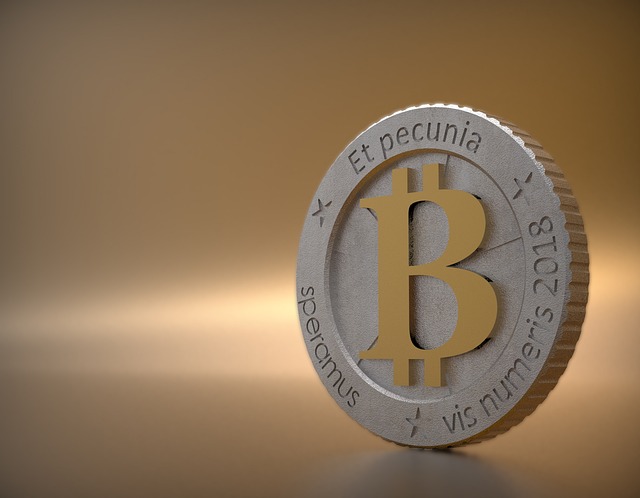In the dynamic world of blockchain technology, Solana shines with its promise to redefine transaction speed and scalability. Built on the unique Proof of History consensus, Solana is poised to revolutionize decentralized applications. Emerging DeFi platforms are reshaping the landscape, and Quantum Flash stands firm for Bitcoin traders.
Polkadot: The Web of Blockchains
In the fast-changing blockchain technology scene, Polkadot is a standout and courageous competitor, getting tagged as the “Web of Blockchains.” What makes it different is its special design and how it deals with growing and working with other systems, which makes it pretty notable among several blockchain options out there.
In the center of how Polkadot is designed, there’s the Relay Chain. It’s the main chain that helps everything agree and stay safe in the network. The Relay Chain can’t do tasks like handle informed contracts or keep people’s data–but it connects several different chains so they can speak to each other without a hitch. Polkadot’s big power is making it easy for a large amount of different blockchains to work as one, swapping data and what they can do.
Alongside the main Relay Chain, there are Parachains; they’re special individual blockchains each made for different jobs. In the Polkadot system, every Parachain is unique with its own wonderful features built in so it can do a specific task really well, which means they work smoothly and get things done better.
To connect Polkadot with other networks out there, the system uses things called Bridges; they’re like the links that let Polkadot speak to other big chains, including Bitcoin. With these Bridges, Polkadot can pull in different blockchains from outside, making its own network stronger and able to do more things.
Cosmos: The Internet of Blockchains
In the world of blockchain phenomena, Cosmos calls itself the Internet of Blockchains; the main idea is that it’s several different blockchains working together, speaking to each other, something such as how websites connect on the Internet; they have big goals to fix two major problems blockchains have today: working together better, and growing bigger without losing speed or quality.
At the nucleus of Cosmos’s framework is the Cosmos Hub, a central blockchain that plays the pivotal role of connecting various independent chains, known as Zones. Unlike traditional systems where every transaction on every chain would need validation by every node, in Cosmos, each Zone operates autonomously, processing its transactions.
Zones, as specialized blockchains in the Cosmos ecosystem, can be crafted to suit specific functions or applications. This modular approach means that different Zones can be optimized for specific tasks, from processing high-frequency trading on one to registering property rights on another.
The main thing Cosmos is focused on is making sure different blockchains can work together. Usually, blockchains are separate and can’t speak to each other or swap data–but Cosmos has the Inter-Blockchain Communication (IBC) protocol that lets them share details and tokens with each other. This doesn’t only make each blockchain better on its own–but it also puts them all together into one big, connected blockchain world.
Solana: High Performance and Scalability
In the world of blockchain, there’s an enormous need for speed and the ability to grow larger; this problem has been slowing down the use of blockchain by everyone. Now, Solana is getting noticed because it says it can perform significantly better and handle growth like a champ. As a large amount of platforms are trying to be the go-to for blockchain apps, Solana’s fresh ideas make it a strong player in the industry.
Central to Solana’s architecture is its unique consensus mechanism, the Proof of History (PoH). While traditional blockchains rely on synchronized agreement across nodes to validate and record transactions, PoH introduces a revolutionary twist. It employs a cryptographic timestamp, allowing for the creation of a historical record that proves the occurrence and sequence of events. By doing so, Solana greatly streamlines the validation process, as validators can process transactions without needing to cross-reference with other nodes.
Solana isn’t only fast. It’s also first rate for people who make apps because it gives them a great location to create special apps that work on their own, without control from one location. Since Solana can handle a lot of actions at once, apps on it are smooth and work really well, like the apps we’re used to that are controlled by one company–but the marvelous thing is, even though it works well, it still keeps the perks of being decentralized, which means it’s not only controlled by one big power.
The DeFi ecosystem on Solana is rapidly expanding. Its capacity to handle large volumes of transactions in a fraction of a second makes it immensely appealing for DeFi projects. From exchanges to lending platforms, the DeFi world on Solana is vibrant, offering lower transaction costs and faster interactions.
Conclusion
Solana is really aiming to be fast and is built in a wonderful way that could make it an integral factor in the blockchain world. As items that work without one leader get better, a significant amount of people will probably get into Solana.
